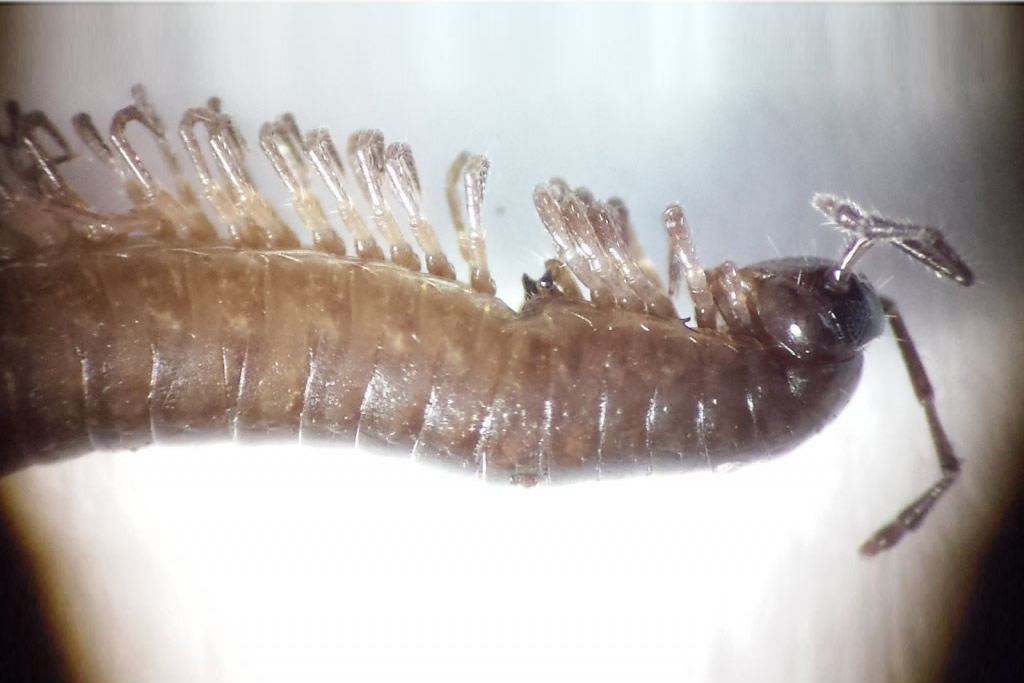Chordeuma sylvestre C.L. Koch, 1847
Status:
- GB IUCN status: Vulnerable
- GB rarity status: Nationally Rare
ID Difficulty
Identification
This species is identical in appearance to much more widespread Chordeuma proximum and the two can only be separated by examination of male gonopods (female and immature specimens cannot be identified).
Distribution
In Britain this species was believed to be restricted to Cornwall until its discovery at Culzean Castle gardens, Ayr in 2006 (Collis, 2007) and subsequently Brodick Castle gardens, Isle of Arran in 2010 (Gregory, 2016). In 2020 specimens were collected from University College Dublin, Ireland (Gaul & Tighe, 2021). The record shown on the NBN map (opposite) from Crathes Castle (National Trust for Scotland) needs confirmation.
It has a much wider European distribution than C. proximum and is essentially a central European species. In the north its range reaches Springe, south of Hanover. The north western edge of its range extends to at least Normandy and hence the Cornish populations may be a natural extension of this range (Kime, 2001). Its ecological requirements may explain its presence in Cornwall but not its absence from the rest of the south west or from southern England generally.
Habitat
In Cornwall the millipede has been collected from woodland, waste ground and maritime habitats but insufficient habitat data are available for reliable conclusions to be drawn from the analysis of recording scheme data. Although a common woodland animal in the Limburg province of the Netherlands (Jeekel, 2001) and in most of Belgium, Kime (2004) did not consider the species to be a habitat specialist other than in respect of an association with rocky ground. He reported a wide range of other habitats from which it had been collected, most of them providing a deep litter layer. The litter is important as it is soil moisture rather than soil acidity or soil type which appears to be a key factor in determining distribution (Kime & Wauthy, 1984).
Phenology
Adults of this animal have been found in April but only sub-adults in autumn suggesting it is an annual species (Blower, 1985).
This updated species account is based on Lee (2006).
Links
MilliBase - Global catalogue of Millipedes: https://millibase.org/aphia.php?p=taxdetails&id=1023794



